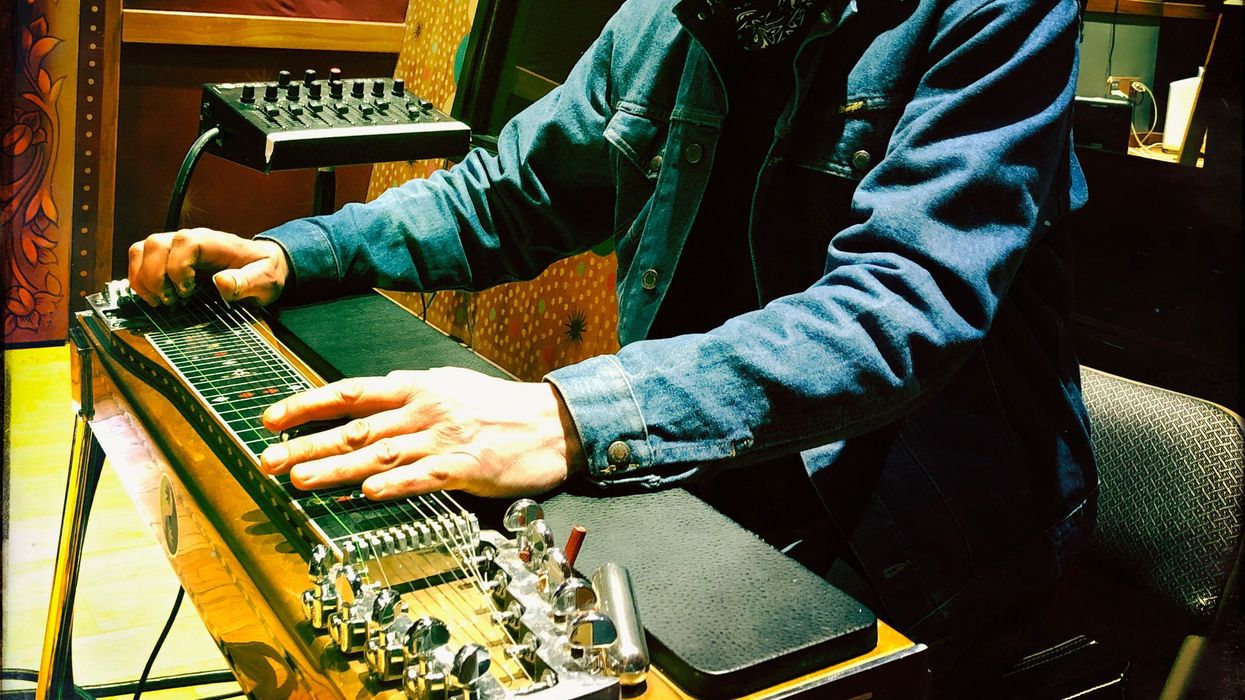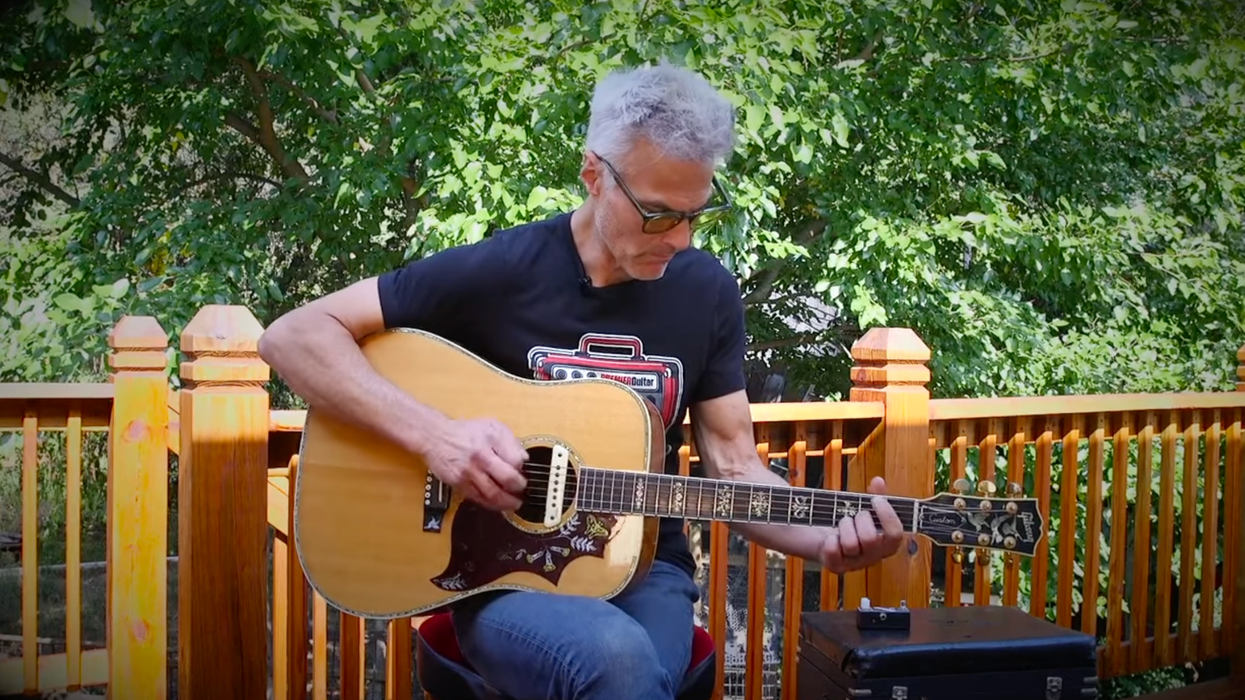“Life is just too damn short to let someone else’s opinion steer the wheel.”
—Dave Grohl, The Storyteller
In 2013, I was playing a Halloween party at Paul Allen’s Beverly Hills home/studio. It was a surreal gig, playing “Season of the Witch” with Donovan while supermodels, musicians, titans of industry, and celebrities like Sacha Baron Cohen, Dan Aykroyd, and Gina Gershon weaved around the packed yet spacious and spooky dance floor. Right in front of me, dressed like an Amish farmer, was Dave Grohl bobbing his head to the music. I held out my guitar to him and shouted, “DO YOU WANT TO PLAY?” He shrugged his shoulders like, “why not,” jumped onstage, took my Les Paul, and proceeded to play for 90 minutes, pretty much nailing every cover song requested by the crowd.
It was an impromptu jam at a party, but Grohl turned it into an epic performance, putting everything into every song, hitting the high notes by screaming like his life depended on it while beating my guitar like it owed him money. I remember thinking, “Man, no wonder this guy is a two-time Rock and Roll Hall of Famer. He gets it.”
I hadn’t thought about that for years until last week, when Dave Grohl told me his life story over the course of 10.5 hours as he read the audio version of his autobiography, The Storyteller.
Right in front of me, dressed like an Amish farmer, was Dave Grohl bobbing his head to the music. I held out my guitar to him and shouted, “DO YOU WANT TO PLAY?”
If you’re a musician, you know people like the young, pre-Nirvana Grohl: the seemingly misguided who dropped out of high school to tour with a bunch of grown men in a dodgy van, sleep in abandoned squats, and survive on a diet of gas station corn dogs, generic cigarettes, and whatever else a $7 per diem can get you. Most professional musicians go through a similar rite of passage when they first forsake all common sense, security, and comfort to play music full time. Check back with those friends 10 to 30 years later and you’ll hear a lot of stories—some sad, some triumphant, but few more inspiring than Grohl’s. Consider these differences between Grohl’s experience and other sadder versions of parallel musicians’ lives.
Grohl put in the work.
Before he had drums, Grohl learned to play by hitting pillows in his small childhood home and making drumbeats with his mouth when no kit or pillows were available. He played and listened all the time, learning every song by his favorite bands. So, when Scream auditioned drummers, he already knew the entire catalog, proving that success is when preparedness and opportunity intersect.
Grohl had the humility to listen and learn along the way.
Like many young drummers, Grohl was shoehorning fills into every space, thinking he was killing it. One day, Scream bassist Skeeter Thompson forced Grohl to get very high and play one simple groove without any fills for 30 minutes. Grohl described it as “breaking a wild pony.” I know a lot of young drummers who could not or would not do this. Consequently, they never get to the next level.
Grohl puts everything into every performance.
When Nirvana saw this skinny kid playing the shit out of his drums for the tiny crowd at a Scream show, they knew he was the guy. I see guys onstage checking their texts between songs or looking bored. If you’re going to play, be in it. Every gig is not just a performance. It’s an audition for the next gig.
Grohl said, “It’s hard to put into words the belief I have in music. To me, it is God. A divine mystery in whose power I will forever hold an unconditional trust.” We’ve all met wild-eyed Law of Attraction zealots who look at the universe as a divine vending machine, where you say the magic words, believe with all your might, and then get the shining prize you crave. It’s not about the prize; it’s about the journey: the rejection, embarrassment, discomfort, and lessons you learn along the way. The reward is that you become the person you’re supposed to be. I suspect the trick to manifesting your destiny is to move forward trusting that what’s happening to you is happening for you. Big dreams remain an empty distraction from real life unless you put in the work, sacrifice, and hustle to make it happen.
Honestly, if, like Grohl, you steadfastly work, keep your mind/soul open, say yes, be grateful, and put your whole heart into it, eventually, amazing things will happen to you. It will be a wild ride full of soul-crushing and soul-expanding experiences that will lead you where you’re supposed to be. That may be rich and famous or poor and anonymous, but if you can find happiness in one, you will have it in the other as well.
















